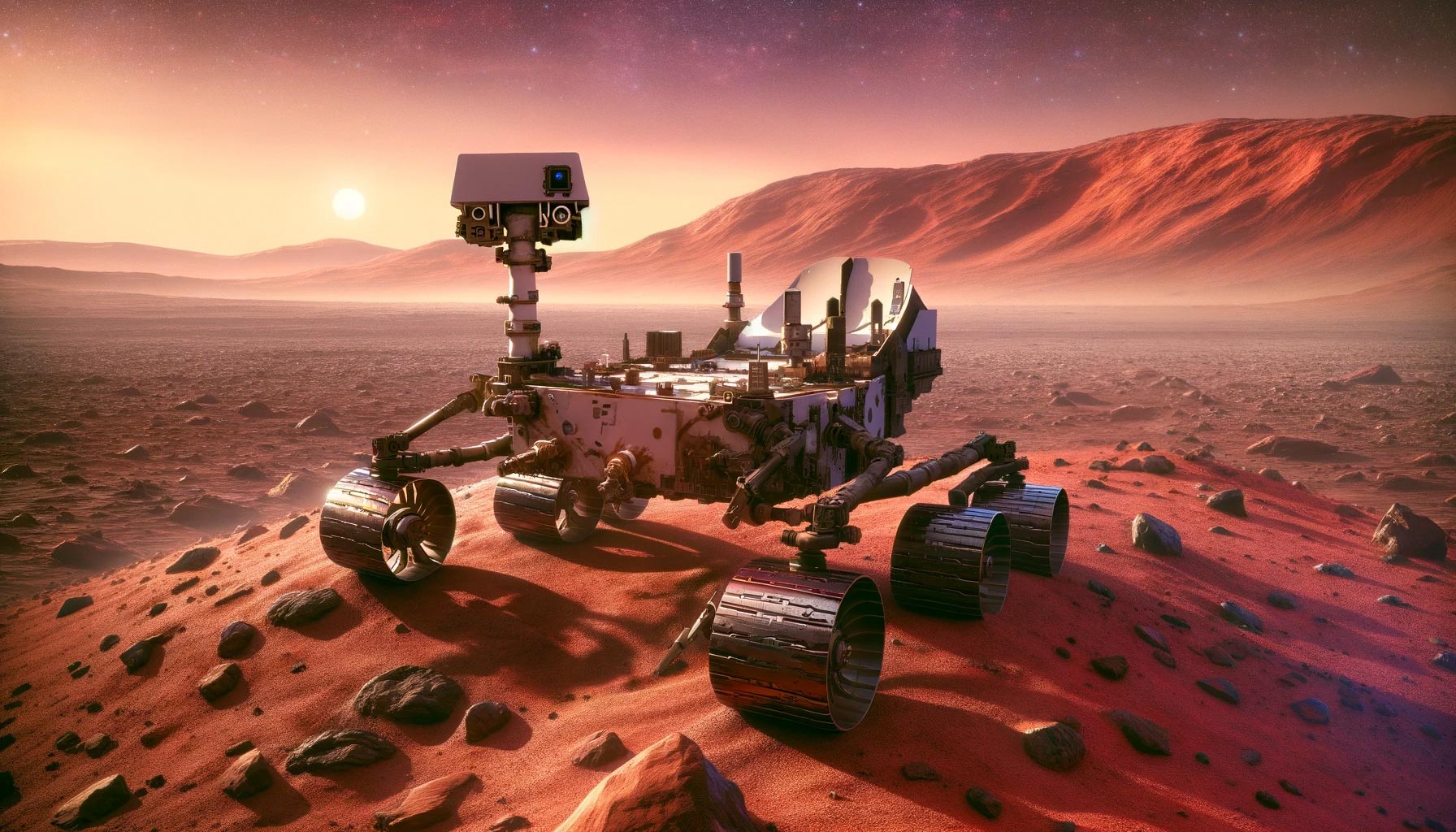After spending a remarkable 4,000 days on Mars, NASA’s Curiosity rover continues its adventures on the captivating Red Planet. Just recently, Curiosity drilled its 39th sample from the “Sequoia” region, an area rich in sulfates, despite overcoming obstacles like a jammed camera filter wheel. The dedicated team behind the Curiosity mission ensures that the resilient rover, now in its fourth extended mission, remains strong despite the wear and tear it has endured over its 11-year journey.
Since it first landed on Mars on August 5, 2012, Curiosity has been busy conducting groundbreaking scientific research. The rover recently collected its 39th sample from the ancient layers of Mount Sharp. These layers provide valuable insights into the changes in Mars’ climate over time and help scientists determine if the planet had the necessary conditions to support microbial life in the past.
The most recent sample was obtained from a site named “Sequoia,” one of many science targets named after locations in California’s Sierra Nevada. Scientists hope that this sample will reveal more about how Mars’ climate and habitability evolved as the region became enriched with sulfates, which are minerals likely formed in salty water that evaporated as Mars began drying up billions of years ago.
Curiosity has been instrumental in unraveling the mysteries of Mars’ ancient climate. A recent study published in the Journal of Geophysical Research: Planets revealed that Curiosity’s Chemistry and Mineralogy instrument discovered a magnesium sulfate mineral called starkeyite, typically associated with dry climates similar to Mars’ present conditions. This finding provides further insights into the evolution of Mars’ climate over time.
Despite the challenges it has faced, Curiosity remains resilient. Since 2012, it has traveled nearly 20 miles through a harsh environment filled with extreme cold, dust, and radiation. Currently, engineers are working diligently to resolve an issue with one of the rover’s main cameras, the Mastcam. The left camera’s filter wheel has been stuck since September 19, causing some effects on the raw images captured by Curiosity. The team is gradually nudging the filter wheel back to its standard setting, but if unsuccessful, they will rely on the higher-resolution right Mastcam for color imaging.
Mission engineers are also closely monitoring the rover’s nuclear power source, which is expected to provide enough energy for many more years of operation. They have successfully overcome challenges related to wear on the drill system and robotic-arm joints, and software updates have improved Curiosity’s capabilities and made long drives easier while reducing wheel wear. However, the upcoming solar conjunction in November, when Mars disappears behind the Sun, will require Curiosity to take a break. During this time, engineers will leave the rover with a to-do list, and communications will safely resume afterward.
Curiosity’s journey on Mars has been truly remarkable, and its discoveries have reshaped our understanding of the Red Planet. This resilient rover continues to inspire awe as it pushes the boundaries of exploration and provides valuable insights into Mars’ ancient climate and potential for habitability.


